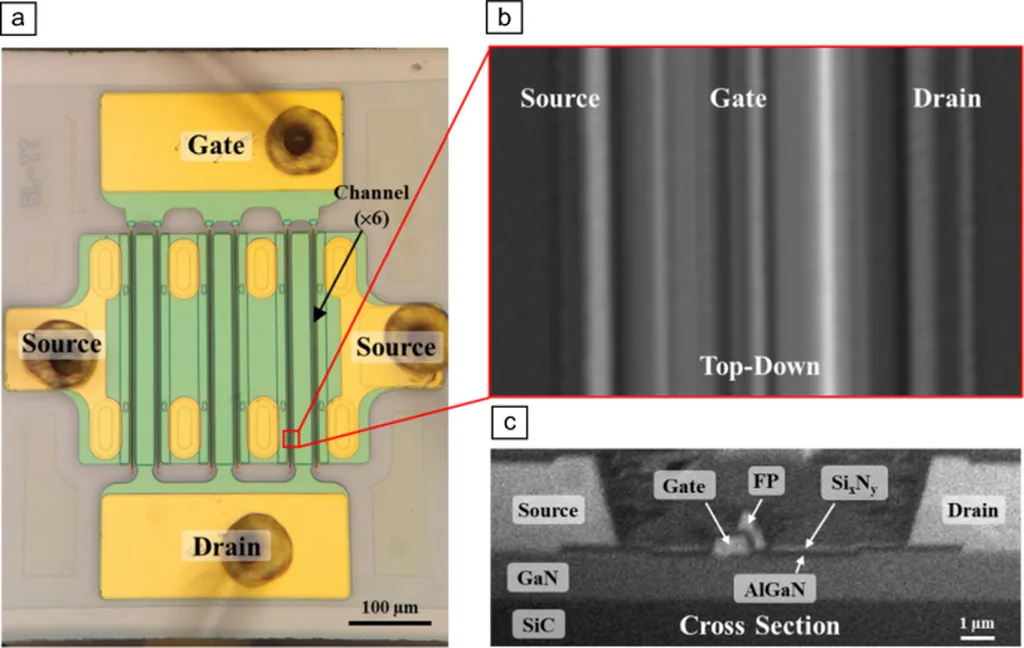In the relentless pursuit of high-efficiency power conversion systems, gallium nitride (GaN) devices have emerged as strong contenders, thanks to their exceptional physical properties. However, their reliability has been a persistent stumbling block, hindering their widespread adoption in the energy sector. A recent study published in *Information & Functional Materials* (translated as *Information and Functional Materials*) by Kexin Deng from the High-Frequency High-Voltage Device and Integrated Circuits R&D Center at the Institute of Microelectronics of the Chinese Academy of Sciences in Beijing, China, sheds light on the intricate relationship between device reliability and defects, offering promising avenues for improvement.
GaN devices, particularly those based on AlGaN/GaN heterostructures, are plagued by a high density of epitaxial defects and severe interface states, which lead to threshold voltage instability and current collapse. These issues have been significant barriers to the advancement of GaN-based electronics. Deng’s research employs deep level transient spectroscopy (DLTS) to investigate these problems, providing valuable insights into the electrical parameter changes induced by defects during capture and emission processes under varying biases.
DLTS is a powerful tool that can reveal the influence of defects from various sources, including GaN buffer layers, AlGaN barriers, dielectric layers, and even at dielectric/(Al)GaN interfaces. By understanding these defect-induced changes, researchers can establish a more intrinsic relationship between device reliability and defects, paving the way for targeted improvements.
“The exceptional physical properties of GaN make it a leading candidate for next-generation power devices,” Deng explains. “However, the high density of defects and interface states has been a major hurdle. Our research aims to provide a foundational understanding of these issues, enabling enhancements in device performance from the perspectives of epitaxial growth and process preparation.”
The implications of this research are significant for the energy sector, where high-efficiency power conversion systems are in high demand. By addressing the reliability issues in GaN devices, the energy sector could benefit from more robust and efficient power conversion solutions, ultimately leading to reduced energy losses and improved overall system performance.
Moreover, the insights gained from this research could shape future developments in the field, driving innovations in epitaxial growth techniques and process preparation methods. As Deng notes, “Understanding the intrinsic relationship between device reliability and defects is crucial for addressing reliability degradation issues and unlocking the full potential of GaN-based devices for practical applications.”
In conclusion, Deng’s research represents a significant step forward in the quest for reliable GaN-based power devices. By leveraging the power of DLTS, the study provides a deeper understanding of the complex interplay between defects and device reliability, offering valuable guidance for future improvements in the field. As the energy sector continues to evolve, the insights gained from this research could play a pivotal role in shaping the next generation of high-efficiency power conversion systems.

